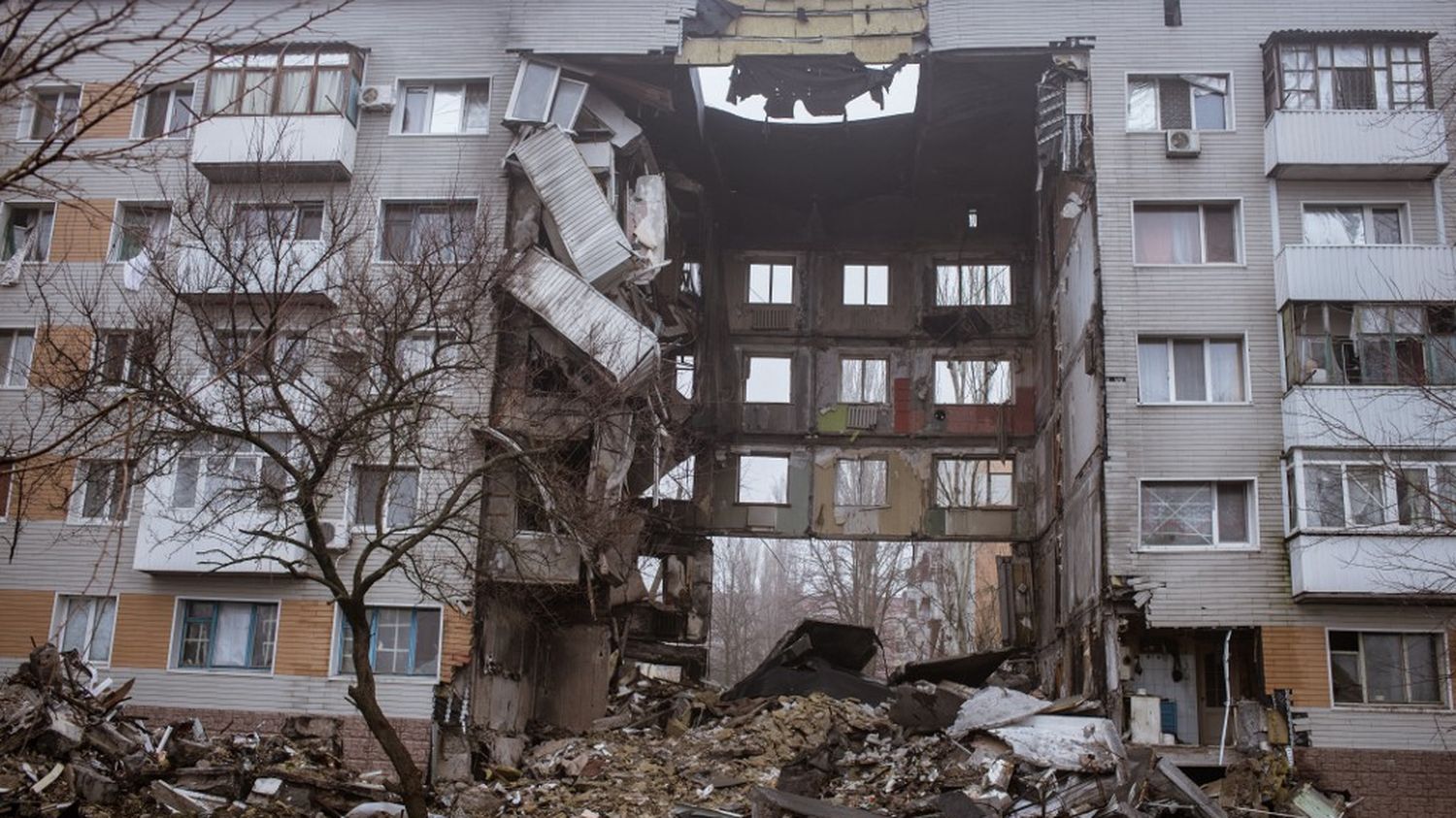The industrial city transformed into a field of ruins retains a strategic and symbolic value for both sides, explains General Jérôme Pellistrandi, editor-in-chief of the magazine “National Defense”.
It is the deadliest battle since the start of the Russian invasion of Ukraine in February 2022. In Bakhmout, in the east of the country, fighting is still raging on Wednesday March 8, and the picture is darkens for the Ukrainian forces. In the morning, Evgueni Prigojine, boss of the Russian private military company Wagner, claimed control of the eastern districts of the city thanks to the action of his mercenaries. As for the rest of the city, it could “finally falling in the next few days”NATO Secretary General Jens Stoltenberg said a few hours later on the sidelines of a meeting in Stockholm.
>> Find the latest developments in the war in Ukraine in our live
In recent days, Ukrainian President Volodymyr Zelensky had called for continued mobilization around Bakhmout, a city to be defended at all costs. “We must stay strong (…), do everything we can as long as we receive weapons and equipment”he said again Tuesday evening, in an interview with CNN (in English). To better understand the importance of this city in the eyes of Ukrainian power, franceinfo interviewed French general Jérôme Pellistrandi, editor-in-chief of the Review National Defense.
Franceinfo: How do you analyze the situation in Bakhmout, whose fall into the hands of Russian forces has been announced for several days now?
Jerome Pellistrandi: It is a war of attrition that continues, with barbaric and exhausting street fights. The Russians are on the offensive, so it’s up to them to progress. But their progress is very slow and they have recorded very heavy losses. According to Western intelligence services, between 20,000 and 30,000 Russian fighters have already lost their lives in this battle, that’s huge! Bakhmout can be compared both to the Battle of Verdun [en 1916, entre l’armée française et l’armée allemande ]because it is a war of position with very high losses, but also to that of Stalingrad [en 1942-1943, entre l’armée soviétique et l’armée allemande] for its urban aspect and the extent of the destruction.
In Bakhmout, the Ukrainians want at all costs to avoid being overwhelmed. Fighting in towns, even in ruins, allowed them to resist a greater number of opponents, at a ratio of about one to 10. But the Russians shoot on sight with their tanks, and when you have hordes of infantry, even badly trained, coming down, you suffer. The city is almost surrounded by Russian forces and it is a difficult question which continues to arise for the General Staff: to withdraw and lose ground, or to go all the way with the risk of serious losses, including for the approximately 4,000 inhabitants still present?
Volodymyr Zelensky seems to have decided and announced waves of reinforcements in the area, including “elite troops”. How can this determination be explained?
Bakhmout is a bit like the mother of all battles in Ukraine, because in recent months it has concentrated the bulk of military efforts. But it is also a war of communication that is being played out there. For the Ukrainians, we must not give up an inch of ground and we can see that they have to hold on as long as possible. This allows them to inflict maximum losses, because, unlike the Russians, the Ukrainian general staff sends seasoned soldiers, mechanized infantry with the support of artillery. Still in the field of communication, the recent video of a soldier summarily executed by the Russians can only reinforce this desire to defend Bakhmout.
If this city falls, President Zelensky warns that the Russian forces will have “the free way” in eastern Ukraine. Do you share this analysis?
One could see Bakhmout as a city without major interest: a Soviet-style city, with its rows of apartment blocks. But for Moscow, it is a stage city in its broader operation to conquer the Donbass region, with its industrial cities and mining areas. It is true that if the Ukrainians lose Bakhmout, behind, we find the towns of Sloviansk, Kramatorsk… This is the heart of Donbass. The Kremlin must therefore win this battle, which is part of the “defense of the motherland”a terminology dating back to World War II.
But there is a gap between symbolism and reality on the ground. Even if the Russians manage to put their flag on the town hall of Bakhmout, does that mean the end of the battle? Nothing is less sure. There can always be attempts at recovery, and fights that continue in the suburbs. As long as the Ukrainians feel they can inflict losses on the Russians, they will.
